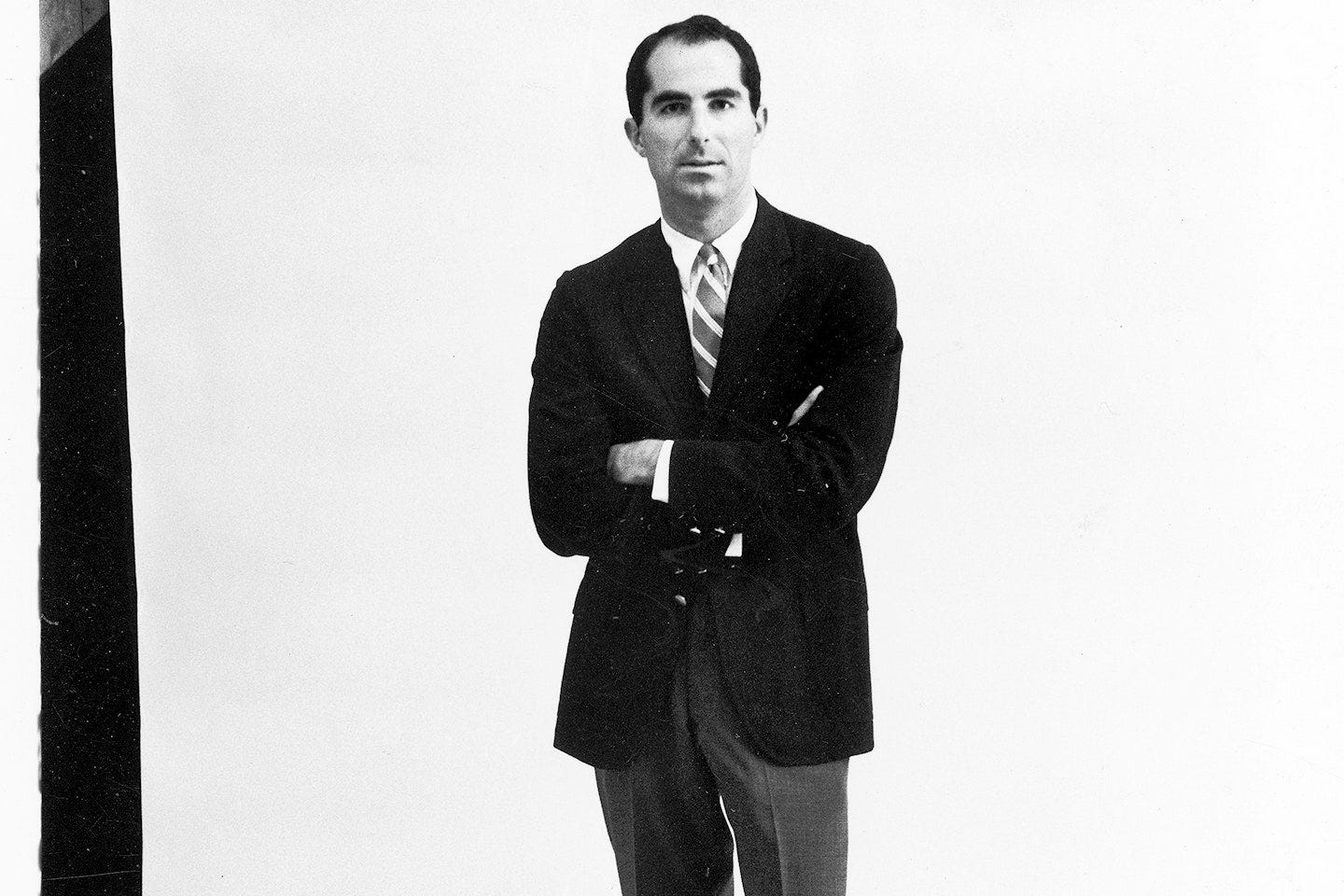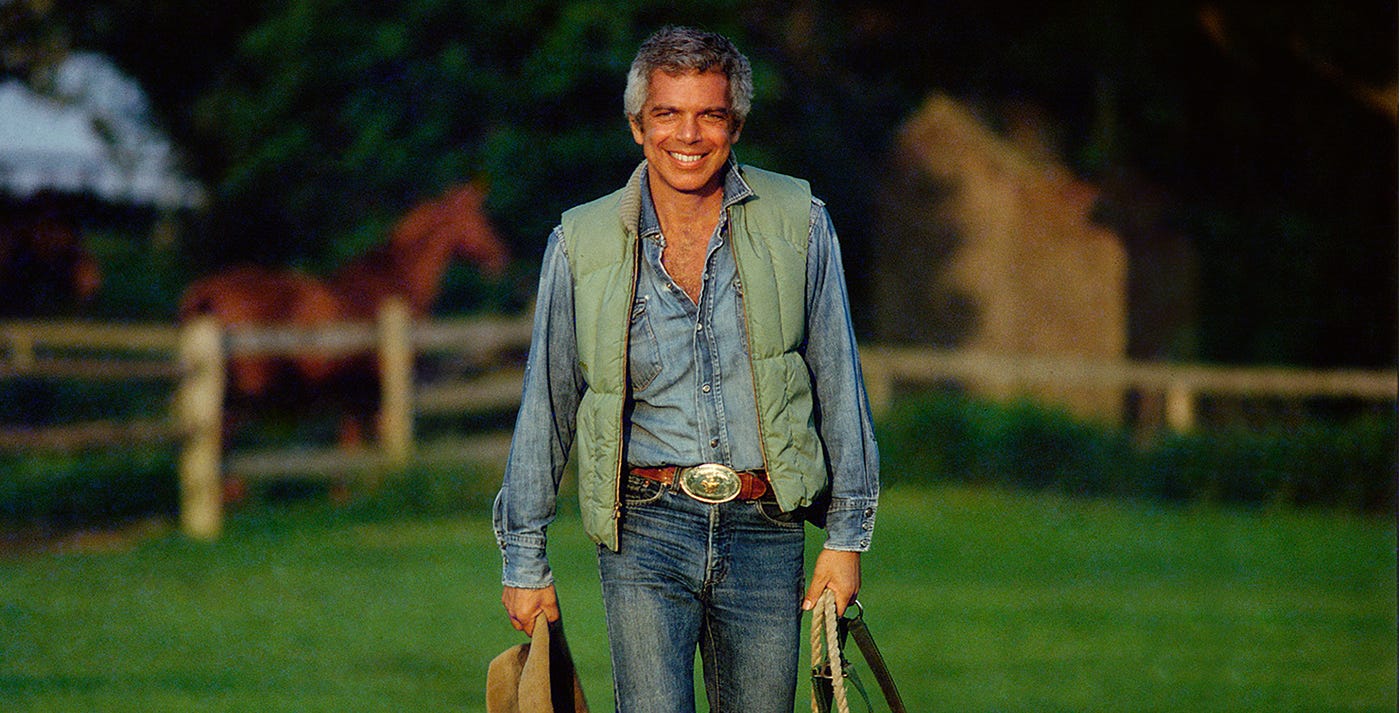“Dress British, think Yiddish.” This often cited maxim has been used to define the relationship between Jews and the “Ivy Look'' from the look’s inception. Tailors like Jacobi Press, Sidney Winston (Chipp) and Bernard Gantmacher (Gant) helped define the style, converting it from its British origins to form a distinct American fashion, while Jewish businesses like Saks, (half of) Lands’ End, and Garfinckel's (which owned Brooks from 1946 through its Ivy heyday) popularized traditional American style far beyond the campus store. Just as one generation of Jews created the Ivy style, another would redefine it, as Ralph Lauren and Arthur Cinader of J. Crew brought the style to a new age.

However, the elite world whose style Jews had strived to define sartorially was largely out of reach socially, educationally, and professionally. Schools like Harvard and Yale had “Jewish quotas,” while my beloved Columbia was attempting to shed its reputation as “too Jewish,” a perception which brought about the popular 1920s song lyric:
“Oh, Harvard’s run by millionaires
And Yale is run by booze
Cornell is run by farmers’ sons
Columbia’s run by Jews.”
Yet despite this unwanted association, Columbia wouldn’t hire its first Jewish English professor, the famed Lionel Trilling, until 1939. The prevailing feeling before then had been Jews, often seen as an “other,” could not possibly teach Western literature. Columbia warehoused Jewish students in “Seth Low Junior College,” an extension school in Brooklyn designed to lower the number of Jews on their Morningside campus.
Between 1939 and now, the number of Jews on campuses rose, albeit slowly, allowing myself and countless others to call themselves Ivy Leaguers. But the stain of exclusion remains. For many Jews throughout the years, the Ivy style they helped define became a symbol of acculturation, a shedding of the identity of an “other” -- becoming American. While the Jewish community has struggled with the notion and consequences of assimilation, Ivy’s role in it is fairly overt.* However, the choice of where and how we define our identities is for ourselves only. For my grandfather, whose family fled Germany in part with help from the sportcoat manufacturer Mavest, Ivy represented agency and parity in a still stratified postwar America. Noticing my tweed jacket one Thanksgiving, he once remarked to me that he and all of the other Jews at City College would wear tweed to emulate the Columbia students. Today there is no need for Jews to work so hard to blend into campus. In many ways Jews are one of the dominant cultures on campus. At Columbia we make up 27% of the school, our Hillel is five stories and bult of Jerusalem stone, our dining halls offer Kosher food, and The Forward (Forverts) ranked us the fourth best school for Jews.
It's probably quite easy to spot my own story with Ivy as an exercise in triumphant symbolism. Where my subaltern ancestors toiled to make clothes for a world that excluded them, then used that style themselves to breach and even subvert that world, my adoption of Ivy and my position as one of the few people left on Columbia’s campus who show an interest in it seems loaded with deeper meaning. But to me it's not as grandiose. I don’t see my choice in fashion as some exercise in proving anti-semites wrong or touting my acceptance. I just see clothing.
What I choose to wear shouldn’t have any meaning other than my freedom to choose it. As a Jew and as an American what is important to me is that I don’t have to hide my identity behind clothing, or make clothing for others rather than having any public identity at all. Instead, I’d like to be seen simply as a fan of Ivy, as a Columbian, and as a Jew -- without one driving the others. I don’t pretend to speak for other Jews, nor do I speak for you or your thoughts. If you see me here at Columbia, tweed-clad and looking like I just robbed the wardrobe of Harold Bloom, and you see something deeper in that, or in your own story, then embrace it. “Each according to the dictates of his own conscience,” wrote Norman Rockwell over his “Freedom of Religion.” I would like to assert a corollary: “Each according to the dictates of his own style.”
Many thanks to @take_columbia for his thoughts and words. Like this post? Consider subscribing! Have an idea for a post of your own? Let me know!










Well, this is exactly right.
Love it!